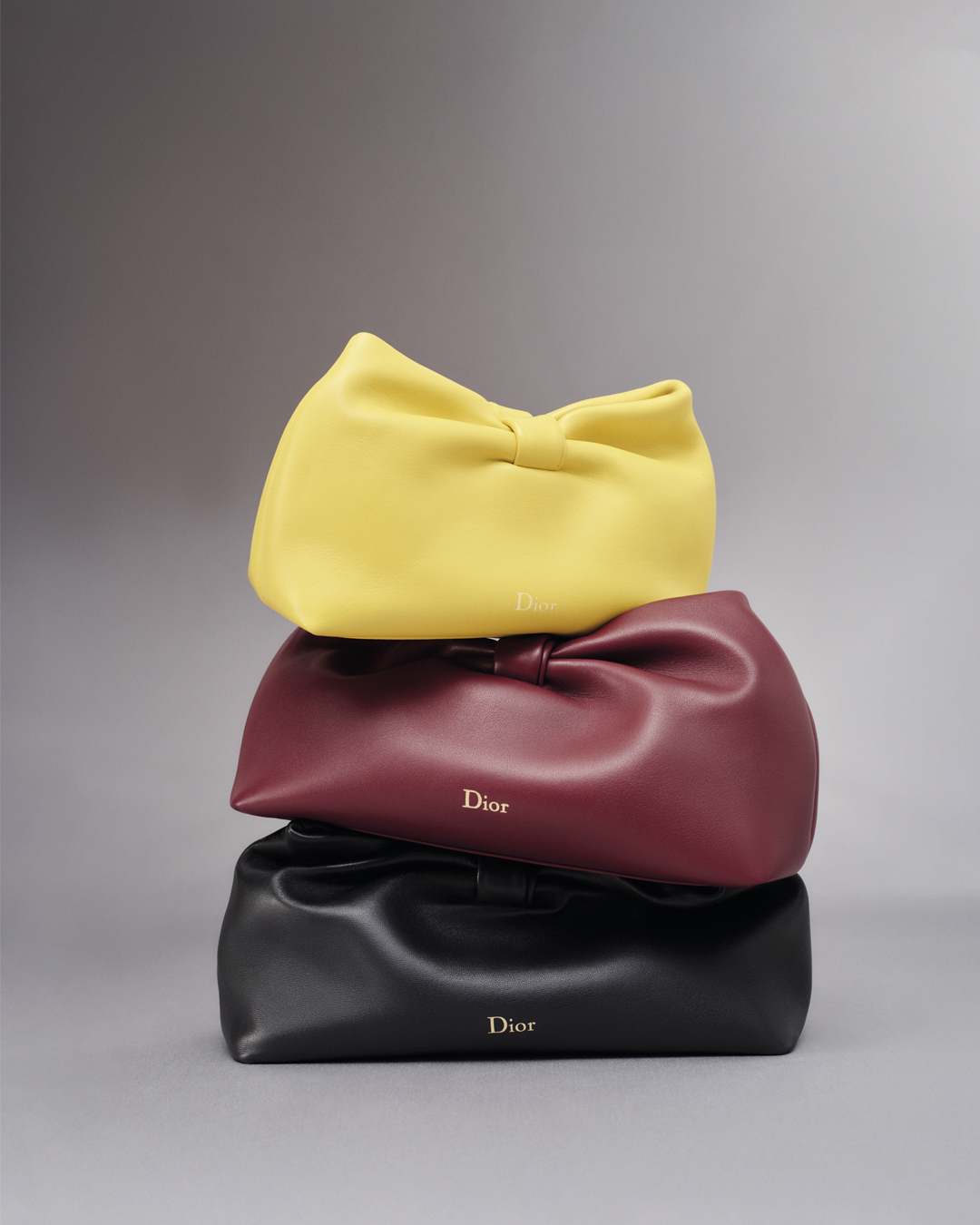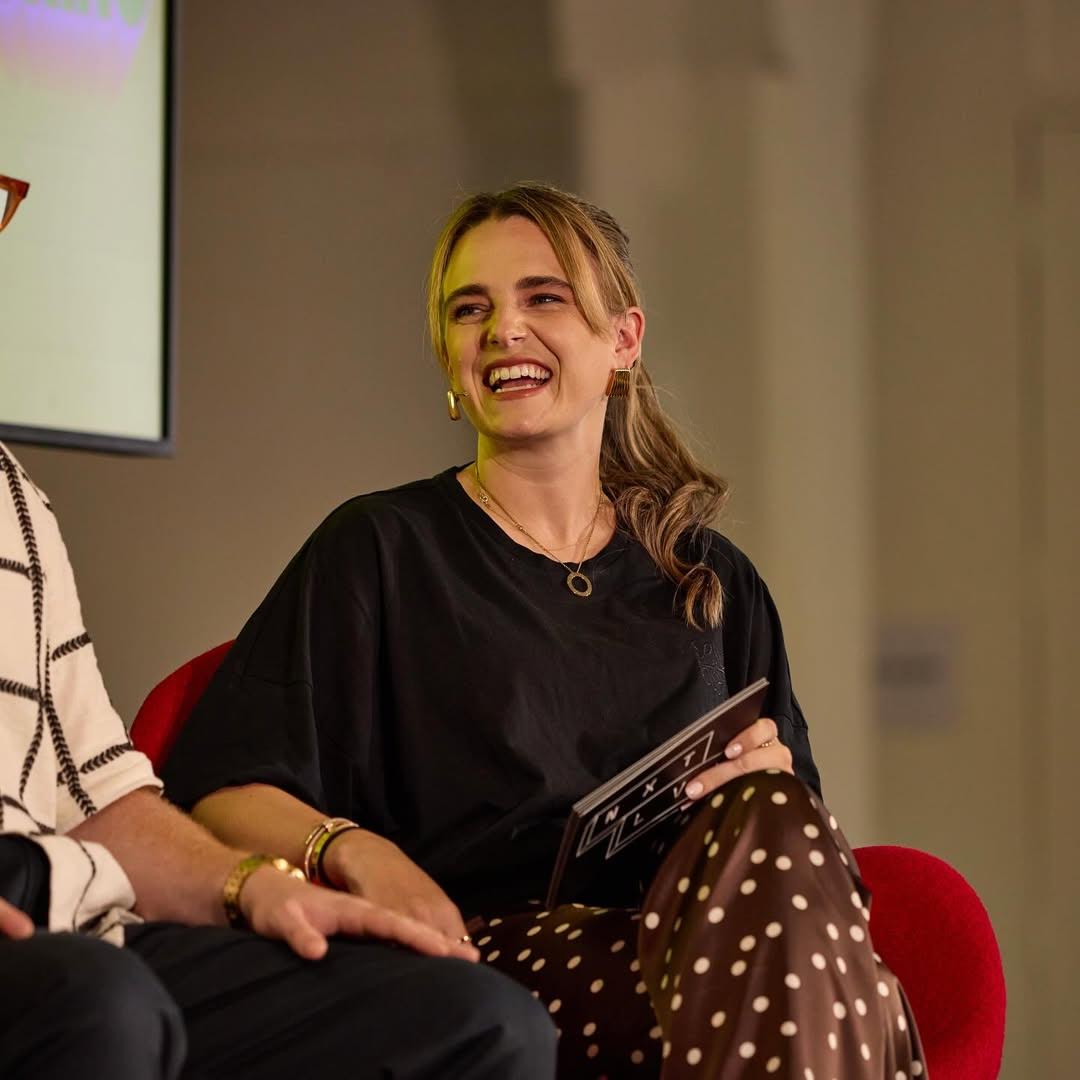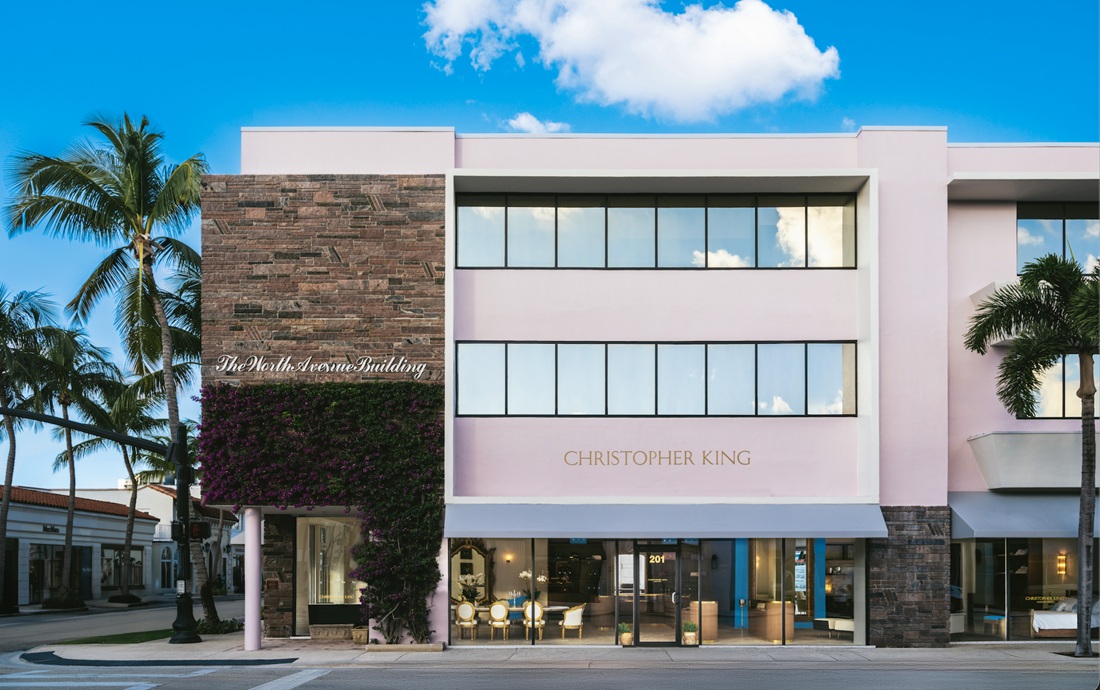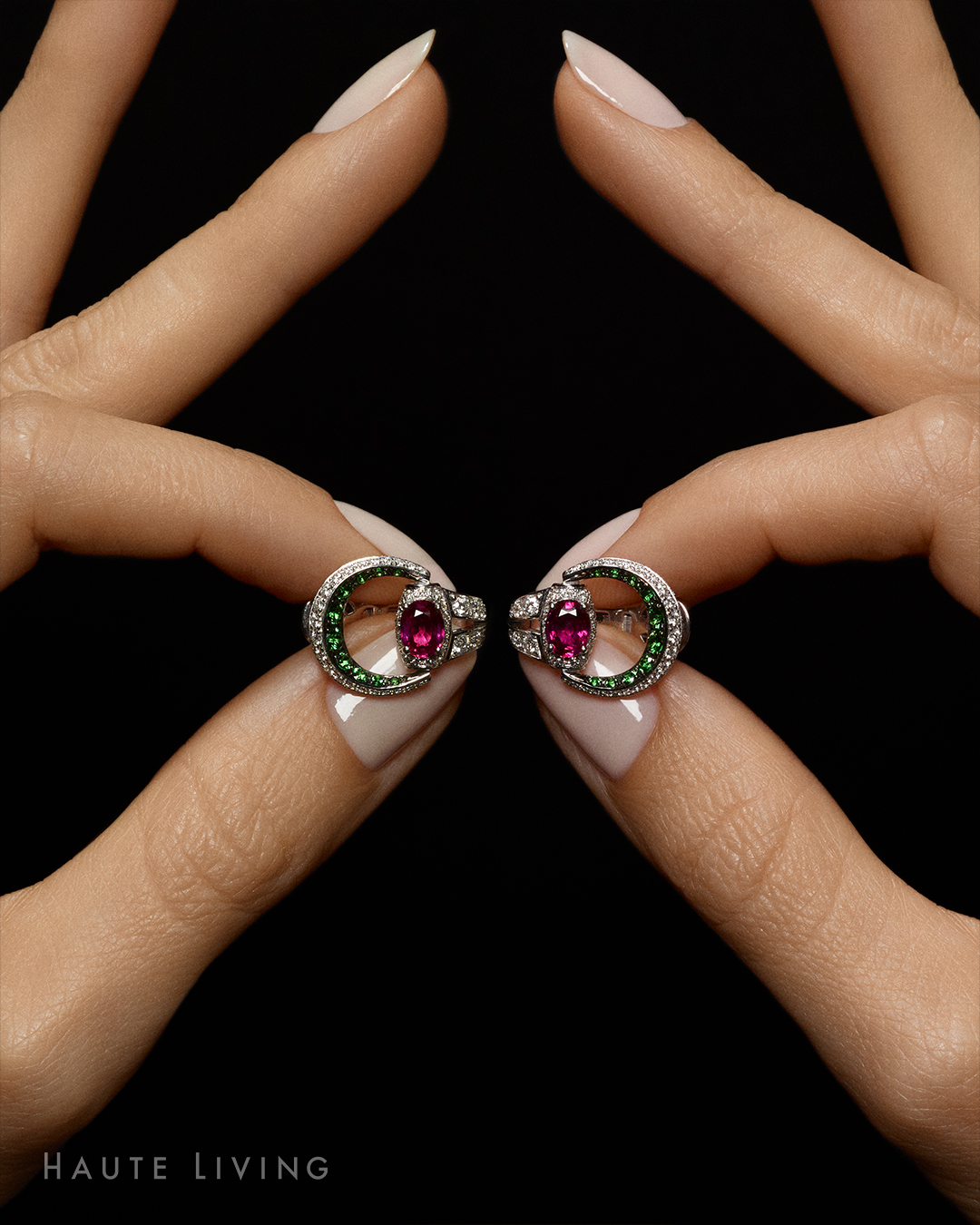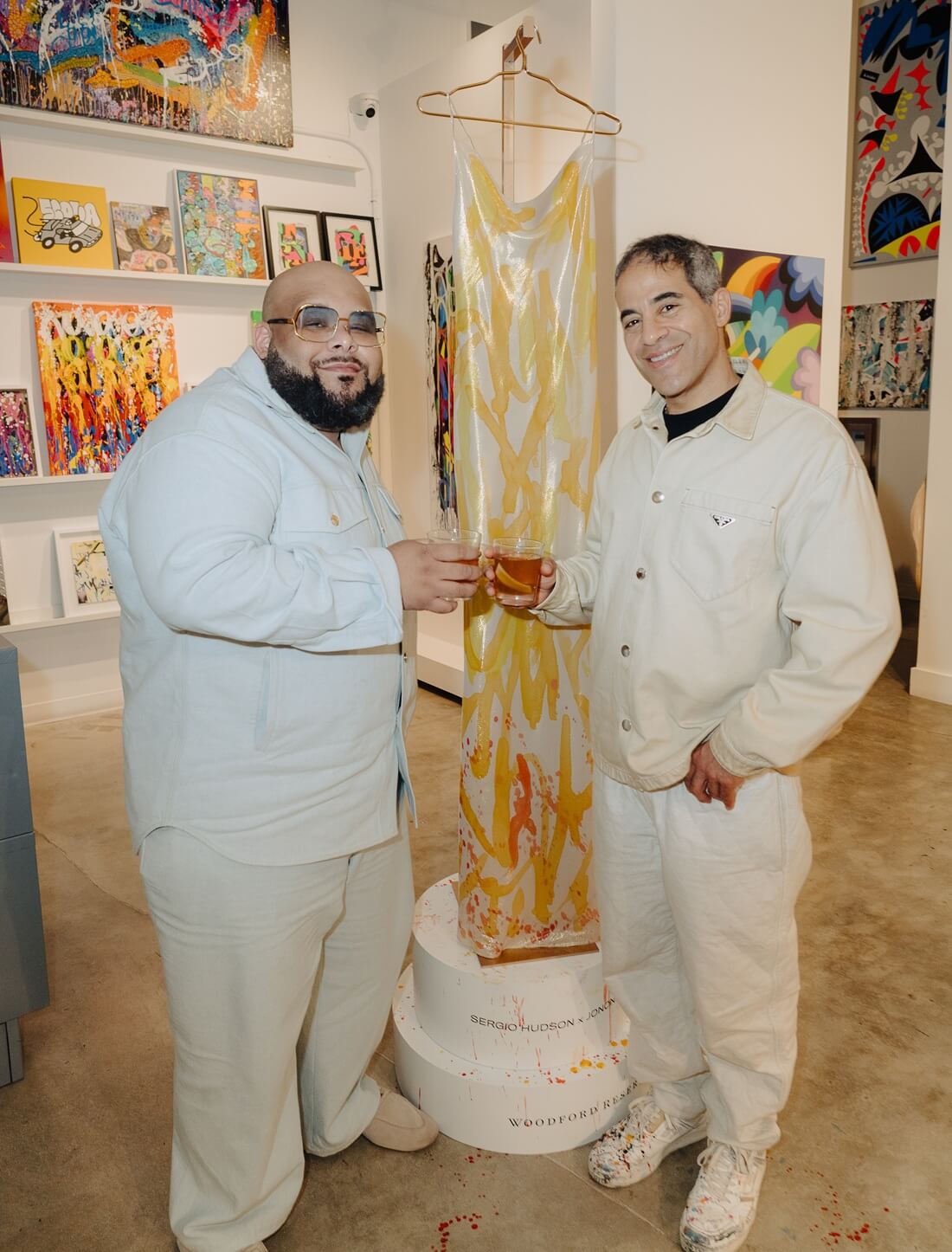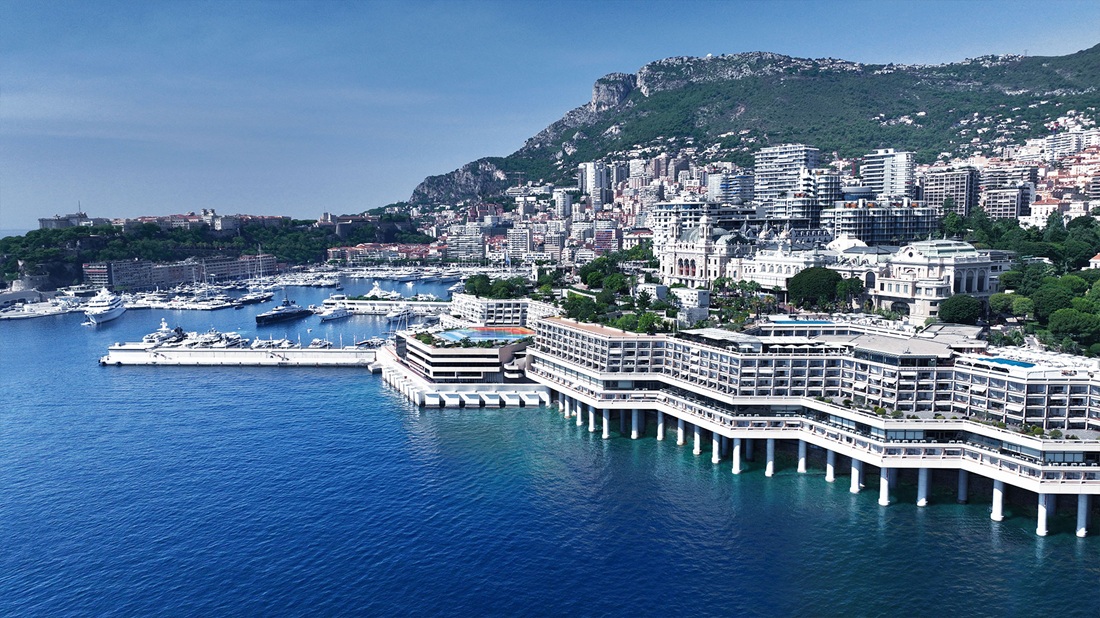Philippe Starck and Sam Nazarian on Art, Design & SLS Brickell

The SLS Brickell has brought four serious talents together to create a new landmark in downtown Miami—sbe’s Sam Nazarian, the Related Group’s Jorge Pérez and their hired guns, designer Philippe Starck and architect Bernardo Fort-Brescia of Arquitectonica. On the eve of the opening of the shimmering 54-floor condo hotel that boasts a striking figure by Fort-Brescia, interiors by the world-famous Starck and more contemporary art than Pérez would care to put a number on, Haute Living got to sit down with Nazarian and Starck to get their unique takes on life, love and hospitality.
HL: Sam, how does it feel to finally have such a big project come to fruition, days before your grand opening?
SN: I think that being in the moment is an important thing for anybody, so I’m trying to do that. It’s been almost 10 years because the first time that Mr. Pérez really took me in and sat with me, when we bought the Ritz Plaza in Miami, I told him my vision and presented it to him. Ultimately, we opened up SLS in South Beach, which I think was a game changer here in Miami for many reasons post-recession.
There is definitely a sense of relief that the first one with Mr. Pérez, the first now of eight is at this stage, and so far I think it’s much better than anyone expected.
HL: Philippe, you’ve worked all over the world, but you’ve done a lot of Miami projects. How is this one different?
PS: The big difference is Jorge and his art. He is so involved with art, that at the end he becomes a piece of art himself. When I design everything I feel the soul, even the pressure of Jorge and his art, but this is good because I don’t believe in interior design, but I believe in art.
HL: Tell me about your relationship with Sam.
PS: I’ve known Sam for a long time. I met him when I was a man and he was almost a teenager. He is exceptional, not from this world. He is a giant by size and in everything he does. He is a giant in love, friendship, faithfulness, vision, humor and intelligence. He’s a good giant who tries to make everything fun, sexy and full of life for everybody. That is a very good thing. I have a lot of respect and admiration for his deep, fast, wide intelligence.
HL: What ideology do you share with Philippe?
SN: Two things. One is the sense of family. Not just the immediate family, but the whole family of collaborators that Philippe has worked with and that our company is based around. There is a sense of humanity that we share.
The second is a sense of doing things well. You know, if you’re going to open up a beautiful building like we’re sitting in now, but if it’s not run properly for the next two, three, five years, then it kind of breaks the whole chain of commitment we’ve all made. It’s almost like running a relay race—he’ll run and then hand the baton to us, for us to execute his vision. So, we have that trust and comradery with each other. With him it’s a longstanding brotherhood.
HL: Philippe Starck designs are known for injecting humor in them. Where have you used humor in this project?
PS: At the Bazaar [Mar, at SLS Brickell], there are a lot of blue tiles made by Spanish artists, and there is a big fish head on the wall, and it’s pure humor. Humor is very elegant. The French are built on humor.
HL: What is your favorite dish to eat on property?
SN: I’m very excited about both restaurants, and they are equally genius and think they will blow everyone’s mind, but Michael Schwartz put something on the menu called Sam’s Chicken Parm, and I love that.
HL: Sam, are there an advantage to doing a condo hotel? Are there any drawbacks?
SN: Our buyers want that new urban living. By adding a hotel component now the residences are able to share the amenities like the restaurants downstairs, a spa, a pool, vibrancy. They get to choose whether they want to be part of the hotel experience or part of the private [experience] on the roof. It allows for more content to be put in the residential projects, so if you’re living here, whether it’s your second home or permanent residence, you now have the ability to come in and have access to things that generally a standard condo building wouldn’t have. Pretty much everything we do as a business is right here in this building. Beautiful residences, a luxury hotel, two of the best restaurants in the world [Fi’lia by Michael Schwartz and Bazaar Mar by José Andrés], great design, an amazing pool and spa… entertainment.
HL: You’ve worked with Mr. Starck on a few projects now. Does he still surprise you?
SN: Yes! He’ll come up with something in the three-dimensional way that none of us can see. Even now, I can’t see the way he comes up with his original idea. I’m grateful he trusts us to take those great ideas and build them out to his level of quality and integrity.
HL: Starck has so many types of projects. Do you have any favorite types of things to work on?
PS: I can tell you what is not my favorite. I don’t want, in general… I refuse to make private residences because it’s not healthy. You have to build your own life, your own egg, your own home. You have to do it yourself. If your surroundings are not congruent with who you are as a person, that will disturb you, and in the end you will lose your personality and yourself. To live your entire life in a brain of an interior designer is definitely not healthy. So when I am asked, I always refuse, except when I know the person very, very well. What I love is to do projects which really serve society and which really serve evolution, so when I designed the residence of the president of the Republic, I did it not because it was for him, but because it was for France.

HL: Philippe, what are you trying to achieve with your design projects?
PS: I try to be the perfect part of the wonderful machine of evolution. I work at the two extremes. I make very popular things, affordable things like organic food [rice, oil and water], and then I make a $1 billion megayacht. I don’t do things in between. This is because sometimes very rich people with a lot of power and money ask me to do an interesting project. I use them like [advanced laboratory research], and from all these very costly prototypes I try to extract some things that I can use for everybody. It’s what I call my “Robin Hood” strategy. I steal from the rich to give to the poor—but in the end, everybody is happy. That’s why I try to do any project, which is honest, interesting, evolutionary, ecological, humorous, political or just helps people have a better life.
HL: Sam, you were married over a year ago and now have a seven-month-old baby girl. Has this changed the way you see hospitality or plan to evolve the brand?
SN: I think now the deals that we are taking into consideration have to be really game-changing deals or it’s not worth being away from the family. Before, I used to always be on a plane—and still am—but now I’m more sceptical of new projects. We’re picking new deals with a lot more intensity. It has to be a game changer, rather than doing a project to do project.
HL: Your work has a lot of longevity. Do you think about timelessness?
PS: It’s one of the big parameters in everything I do. People think that to be timeless you have to be conservative, but actually the opposite is true. If you want to make something timeless then you have to be highly creative because the society only keeps the creative things. It’s my DNA to make something very creative, very advanced, and, as a result, timeless. It may sound pretentious, but I think I may be the only one who succeeds in this.
HL: Sometimes your designs might even outlast infrastructure or ownership. Then what?
PS: Well, I think we don’t exist. We are in a constant state of mutation and evolution, and nothing and no one is truly permanent. There is one example—Café Costes [designed in 1984]. The owner was selling it to raise money for a new project because he wanted to make the hotel. So he sold it to a terrible fashion company, and all the journalists called me, even the minister of culture called me himself and said, “Philippe, we cannot accept your Café Costes, which is a masterpiece of Paris and is being destroyed to make a terrible fashion shop. If you want we can classify it as a historic place and then it cannot be changed.” I told them “I won’t.” I’m sorry for me because it was a beautiful piece of my work. But this cafe is just a small part of my life, but for him, this cafe is his life, and his next life depended on this sale. That’s why I never impede life to grow and continue. I did request one thing, however. I said, “I want you to destroy it completely. I don’t keep [and change] any part of my work.” It was not exactly completely done, but it was okay.
So I make everything to be timeless and durable, and you still see a lot of my work after 20, 30 years or more, which is very rare for designers. But I don’t mind killing it if it means the birth of something else.
HL: And this is just the first one in a series of many properties you are all working on together.
SN: There are two Hyde towers in Hallandale that will open up in the beginning of the year, and then we have the SLS LUX, which is six blocks from here and then we have Hyde Midtown, which is under construction. We’ve announced Buenos Aires. We’re about to announce Cancun and a couple more in Mexico.
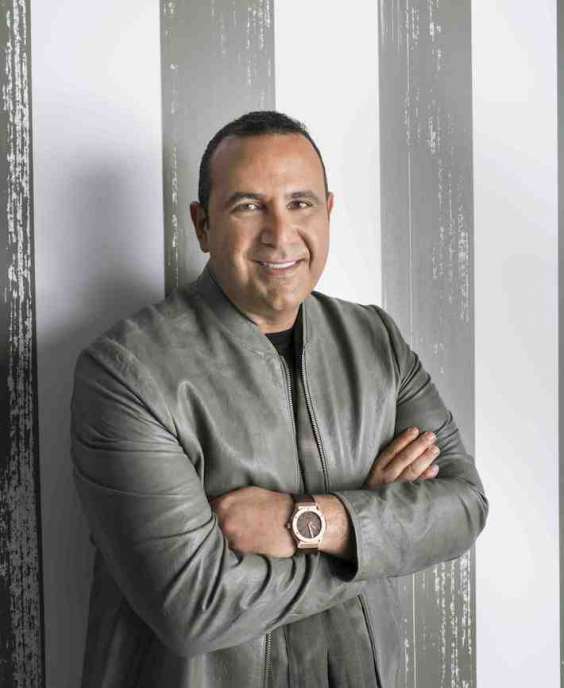
HL: Are there any more sbe projects outside of the Related Group partnership?
SN: Of SLS [properties] that are coming online [we’re] building in almost every major core market in the U.S. We’re building in Atlanta; Philadelphia; Seattle; in D.C.; in Chicago―Park Avenue opens in February. We have two here in Beverly Hills, Vegas. So the SLS is now evolving into a luxury product. A lot of them have, if not most of them have, the residential component. We have a couple of international ones too—Buenos Aires, Mexico, and now we’re looking at London and Dubai In L.A. we already have three hotels and 45 branded restaurants; New York we have five hotels; in London, three hotels. But from a residential perspective this is our biggest market.
HL: You’ve said that design doesn’t really change the world, but if they make people happy, isn’t that affecting a change?
PS: A lot of people recognize me and many say, “Mr. Starck, I love your hotel, it’s so beautiful, elegant and fantastic!” I say, “Thank you very much,” but I don’t care about this because they will say the contrary tomorrow. What is exciting is sometimes I meet people who say, “Thank you for what you do for us—I fell in love with my wife having dinner at The Royalton,” or “We made love the first time in one of your bedrooms, and it was so beautiful and sexy.” People say a lot about things like that to me. And that’s everything for me. Then I know I’ve done my job. My job is to help make people at their best, more intelligent, more creative, more in love, more bight, more sexy, more sparkling and that’s all. That’s why I work so much. It’s not about the hotel, the watch, the glasses, whatever I’m working on itself. It’s about what it will bring to my tribe.
Photos by Brian Smith

